AMERICAN RESILIENCE: How Napa and Sonoma brought back tourists after some of the most destructive fires in California's history swept through wine country in 2017
Melissa Wiley

- In October 2017, wildfires raged across northern California, burning over 245,000 acres.
- Two of the fires that impacted the tourism-reliant Napa and Sonoma wine regions were among the most destructive in California's history.
- While most wineries and businesses in Napa and Sonoma remained unscathed, images of blazes circulated by news outlets and on social media led visitors to question the region's safety and cancel trips.
- For the past three years, tourism officials and residents have worked to combat these images and remind visitors that wine country is open for business.
- Wine country's resilience has been tested yet again during the coronavirus pandemic, but lessons learned from the wildfires have prepared residents to adapt to changing circumstances.
- Here's a closer look at how Napa and Sonoma have persisted as tourist destinations.
California's Napa and Sonoma wine regions are home to over 900 wineries. They attract millions of tourists per year.
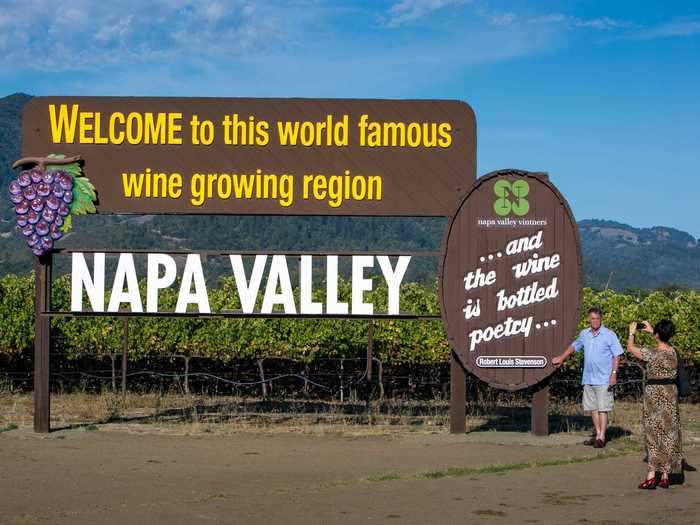
Sonoma and Napa drew 10.8 million and 3.85 million visitors respectively in 2018. For the past three years, the tourism-reliant regions have been working in overdrive to rebrand themselves in the wake of wildfire destruction.
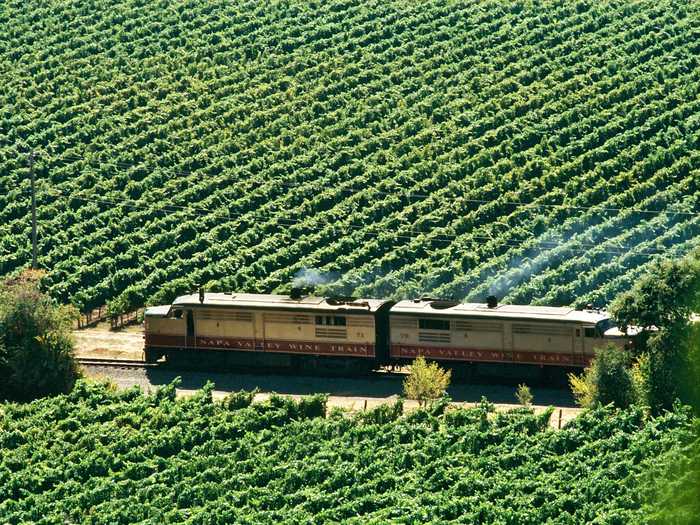
Source: Sonoma County Tourism, Visit Napa Valley
In 2017, over 170 wildfires raged across northern California. Known as the October Fire Siege, the fires began on October 8 and burned across 245,000 acres — almost eight times the size of San Francisco — before they were contained toward the end of the month.
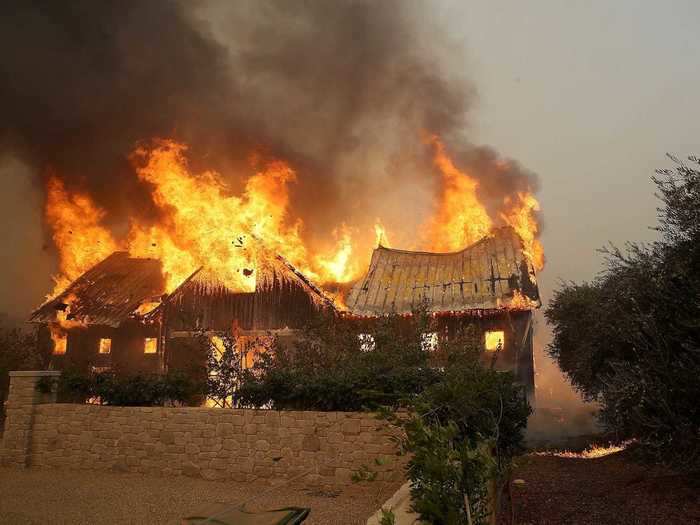
Source: Cal Fire, Los Angeles Times
In total, the fires killed 44 people and destroyed 8,900 homes and buildings — 5,200 in Sonoma alone.
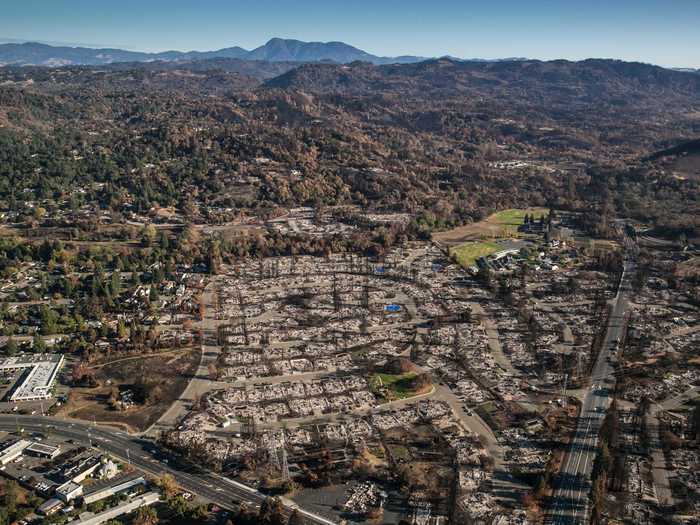
Two of the fires that affected Napa and Sonoma — the Tubbs and Nuns fires — were among the most destructive in California's history, according to a 2019 report by the Los Angeles Times.
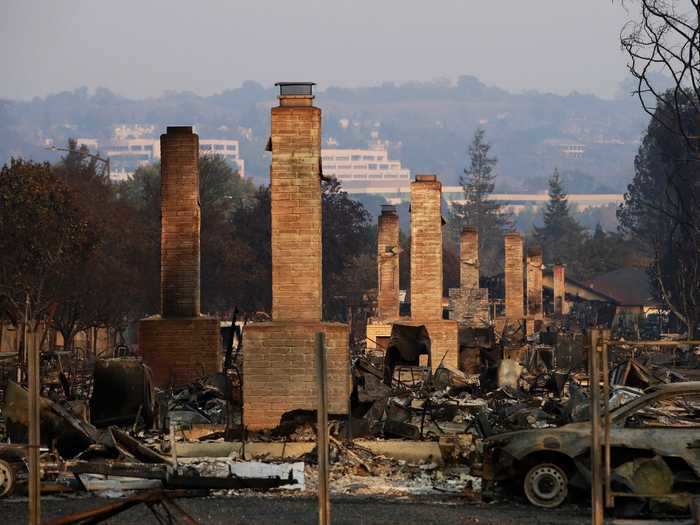
Source: Los Angeles Times
Wine country hadn't seen fires as large and destructive as the ones in 2017 since 1996, the LA Times reported.
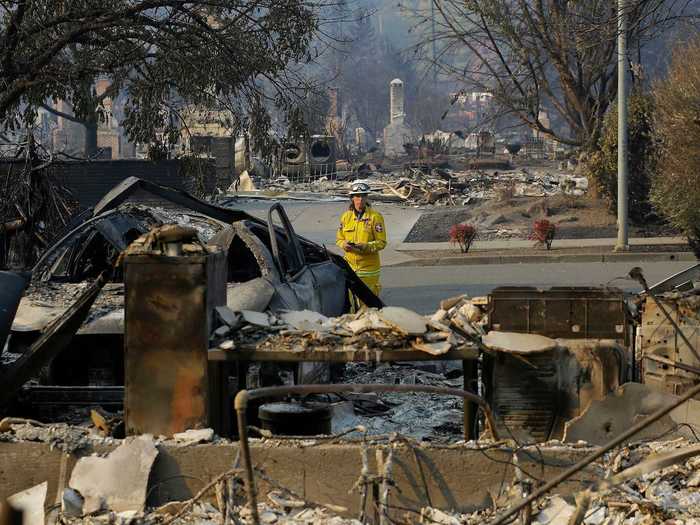
Source: Los Angeles Times, Cal Fire
The scale and unprecedented nature of the October Fire Siege prompted a flurry of media reports that were saturated with images of smoke and destruction, according to analysis by the Washington Post, LA Times, and other publications after the fact.
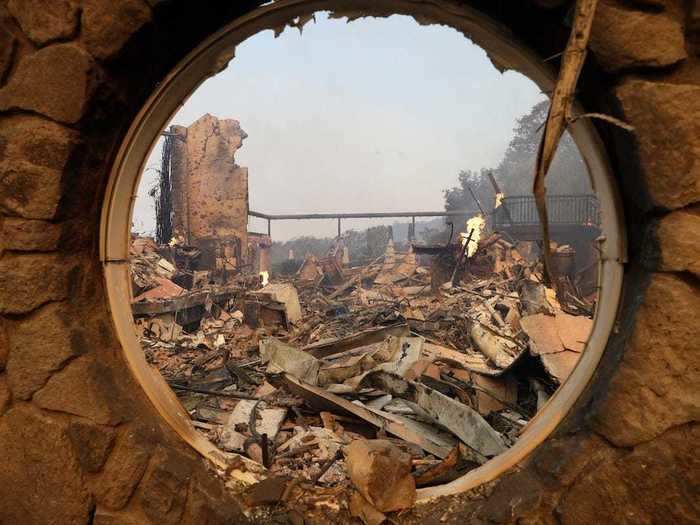
"TV images of burned homes and smoky skies ... made the area resemble a war zone rather than a bucolic paradise," Bill Swindell wrote for the Press Democrat.
"People saw some of the images in the newspaper or on TV, and they think all of wine country has been burned to the ground," Sonoma winemaker Steve Ledson told CNN in November 2017. "That couldn't be farther from the truth."
Source: Washington Post, Los Angeles Times, Wine Industry Advisor
Less than two dozen wineries experienced significant damage, 99.8% of northern California vineyards came away unscathed, and most hotels remained intact. Tourists, however, stayed away.
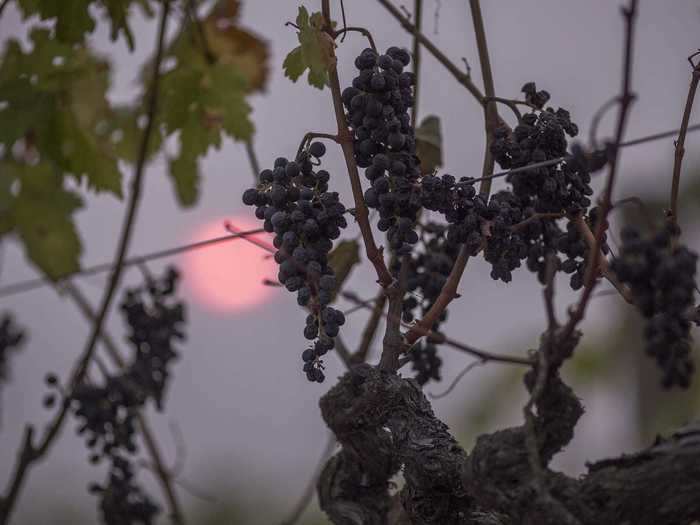
Seventy-one percent of winery and vineyard stakeholders in Napa and Sonoma surveyed by Sonoma State University's Wine Business Institute after the fires reported "an immediate drop in tasting room traffic."
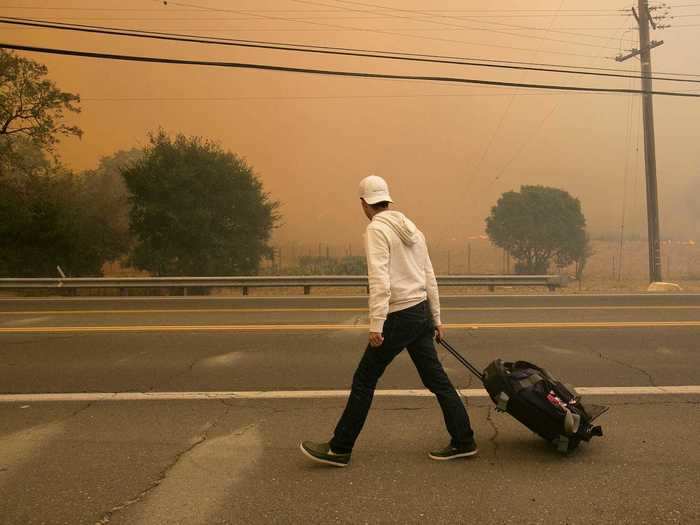
"Just the imagery alone, I would argue, did more damage than the actual damage to the tourism infrastructure," Caroline Beteta, president and CEO of Visit California, said of media reports at a Wine and Marketing Conference in Sonoma County in November 2017.
Source: Sonoma State University, Napa Valley Register, ABC News
The decline in visitor numbers worried tourism officials and local business owners in Napa and Sonoma. Tourism is among the regions' top revenue sources, generating several billion dollars in tourist dollars in 2016.
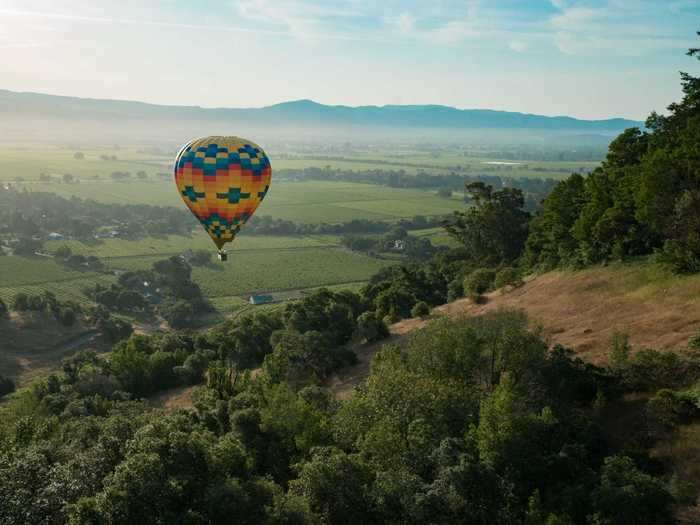
"We live off these vineyards. We live off this land that was scorched this week," Sam Coturri of Winery 16600 told NBC News in the midst of the fires. "Keeping this wine industry flowing is how we recover," he said.
Source: Visit Napa Valley, North Bay Business Journal, Los Angeles Times
To urge visitors back, residents and businesses began posting signs with messages like "The Love in the Air Is Thicker Than the Smoke" and sharing updates on social media using the hashtags #NapaStrong and #SonomaStrong.
Source: New York Times, Instagram, Instagram
In late October, local officials rode the Napa Valley Wine Train, which reported a 75% decrease in passenger volume, to show that wine country was open for business.
Source: ABC News
Visit California also joined the efforts, launching a $2 million #CaliforniaWineCountryNow campaign that kicked off with a fundraising dinner hosted by Food Network Chef Tyler Florence on November 21.
"Tourism is the lifeblood of the Wine Country economy and the regions residents' need your business now more than ever," Beteta said in a release following the event.
Source: Wine Business
In the months that followed, images of rebuilding started to emerge. On the one-year anniversary of the fires, Wine Spectator published an article on winery and vineyard owners turning the fires into an opportunity to grow and innovate.
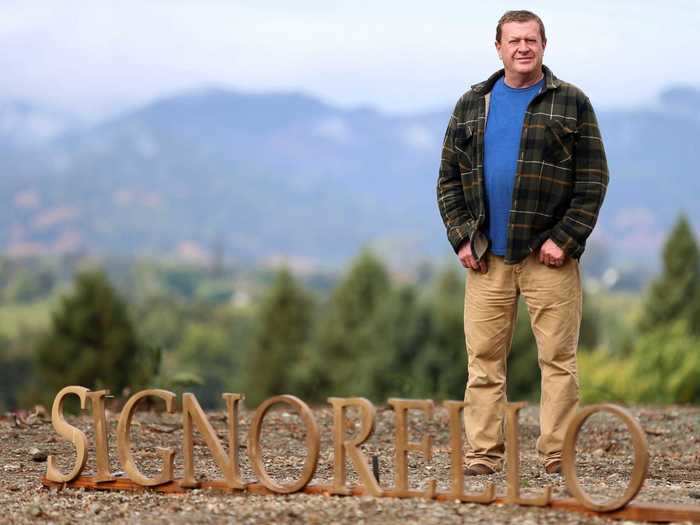
Source: Wine Spectator
By the end of 2018, Napa and Sonoma reported that visitor numbers and spending were on pace with previous years — but achieving those results took work.
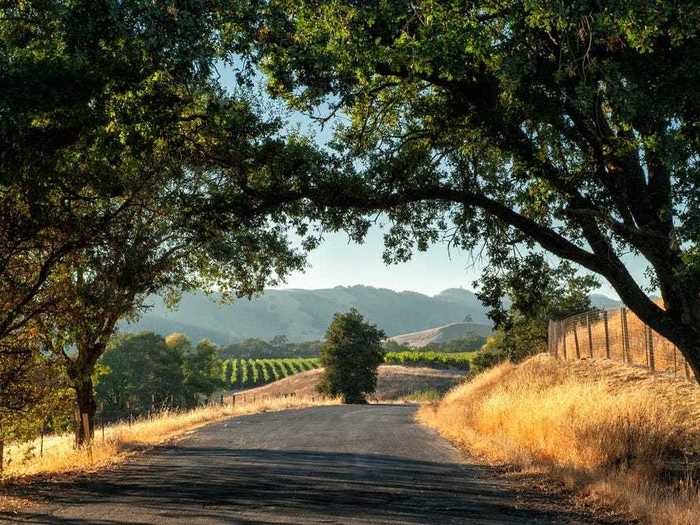
Sonoma's tourism sector "didn't feel good for nine months" after the 2017 fires, Joe Bartolomei, chairman of Sonoma County Tourism's board of directors, told the Press Democrat in April 2019.
"While we are pleased that tourism continues to drive strong economic activity, we know the industry has worked harder during the past 18 months than ever before," he told North Bay Business Journal the following month.
Source: North Bay Business Journal, Sonoma County Economic Development Board
Though tourism numbers rebounded, wine country isn't in the clear: Major fires swept through neighboring Mendocino wine region in July-August 2018, and through Sonoma in October 2019.
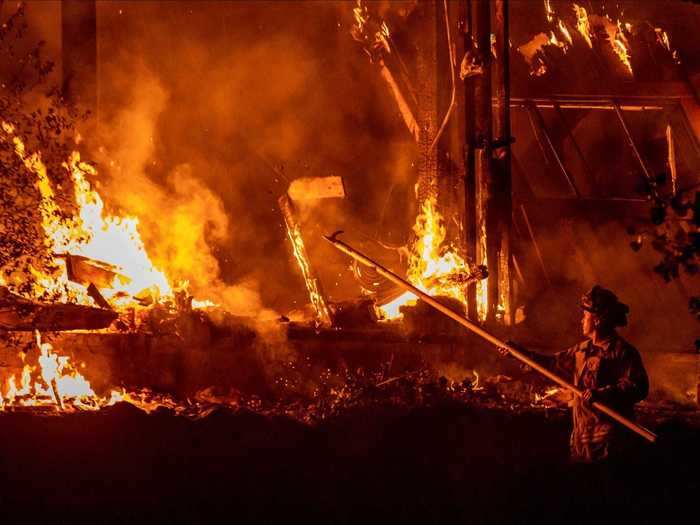
The 2019 Kincade Fire in Sonoma burned nearly 78,000 acres and damaged 374 structures, but left most wineries and wineries intact, Wine Spectator reported.
Source: Los Angeles Times
Former California Governor Jerry Brown deemed the uptick in wildfires across the state the "new abnormal."
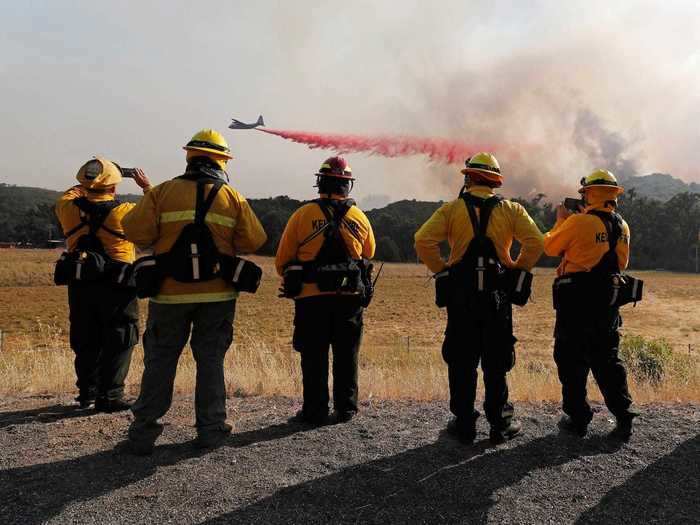
According to a fall 2019 report by the Los Angeles Times, 10 of the biggest fires in wine countries since 1950 have occurred in the past five years, in part due to high winds and an increased number of housing developments, which act as fuel for fires.
Source: NPR
This past October, Pacific Gas & Electric announced that it would be instituting rolling blackouts over the next 10 years in wine country, prompting new concerns from locals and tourism officials that visitors would be reminded of the possibility for disaster.
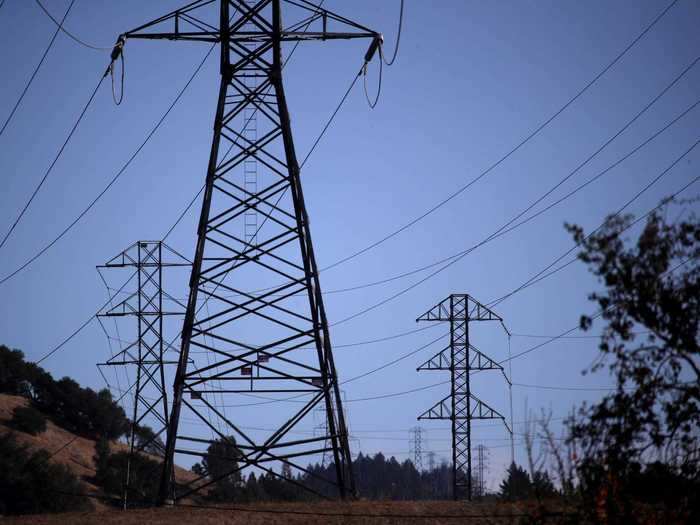
The power cuts "remind people of the fire and it makes people scared, and that is impactful to the business," Kristoffer Miller, the tasting room manager at Kendall-Jackson, told the Los Angeles Times in October.
Source: Los Angeles Times, NPR, CNBC
Yet business owners continue to adapt. Some wineries are investing in back-up generators. Others are getting creative, hosting candle-lit dinners or moving tastings outside during power cuts.
A post shared by Hyde Estate Winery (@hydewines) on Oct 9, 2019 at 10:15am PDT
Visit Napa Valley made light of the new normal of blackouts. "You don't need electricity to drink wine," the tourism board told the Napa Valley Register in November.
"It's hard for communities to go through this and certainly, there is a disruption but afterward, they're like, 'Okay we are open for business and we are back,'" Beteta told CNBC with regard to wildfires and wildfire prevention becoming a more regular occurrence.
Source: CNBC, Los Angeles Times, Napa Valley Register
"We're a strong, resilient community with so much heart," Dominic Foppoli, the mayor of Windsor, a town in Sonoma, told Wine Spectator in November. "This has brought us together and made us so much stronger."
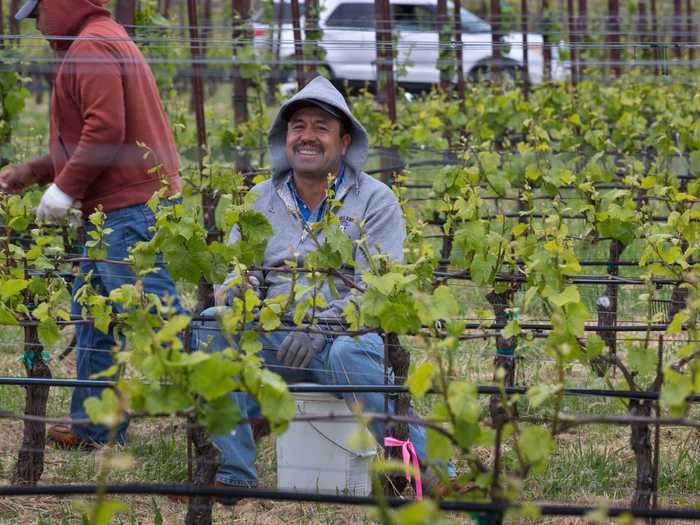
Source: Wine Spectator
That strength seems to have served wine country during its latest obstacle: the coronavirus pandemic.
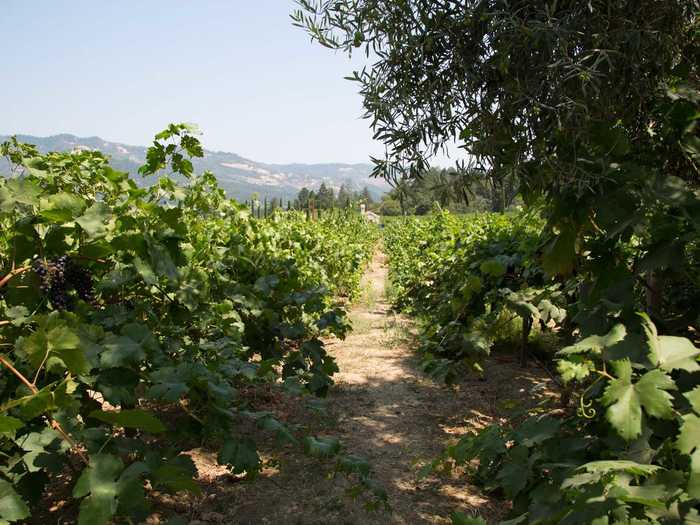
Source: Los Angeles Times
Take Paradise Ridge Winery in Santa Rosa, for example, which reopened in December 2019 for the first time since the 2017 fires, only to close its doors a few months later due to California's stay-at-home restrictions.
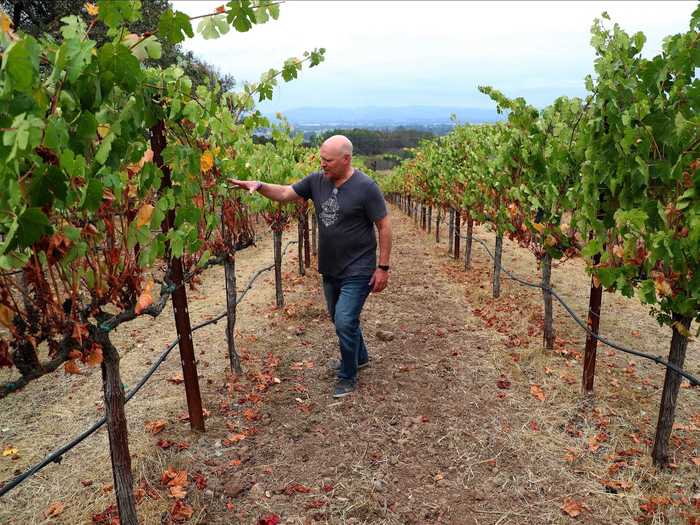
Source: Los Angeles Times
Paradise Ridge has pivoted its business to include virtual tastings, local deliveries, and most recently, socially distanced in-person tastings. Speaking to the Los Angeles Times, co-owner Rene Byck suggested that past tribulations made the transition easier. "It's not the first time we've had to think about how to adapt," he said.
A post shared by Paradise Ridge Winery (@paradiseridge) on May 3, 2020 at 3:02pm PDT
Source: The Los Angeles Times
READ MORE ARTICLES ON
Popular Right Now
Popular Keywords
Advertisement